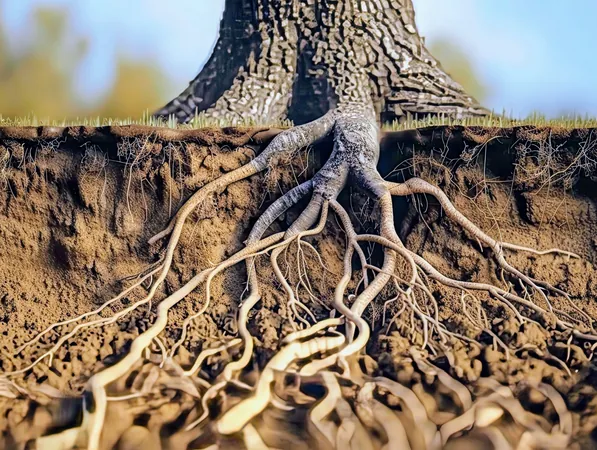
Revolutionizing Root Research: How DNA Technology Unveils Hidden Plant Secrets
2025-08-30
Author: Noah
Discovering the Invisible: The Importance of Roots
When we stroll through fields, we might admire the vibrant green tops of plants, but what lies beneath is equally vital. Roots are nature's unsung heroes, anchoring plants, extracting vital nutrients, and even securing carbon in the soil. Despite their significance, accurately assessing root systems has remained a monumental challenge for scientists.
The Old Methods: Time-Consuming and Inefficient
Traditionally, understanding root systems required labor-intensive methods: digging up soil, rinsing off roots, drying, and then weighing them. This cumbersome process often resulted in the destruction of many crucial fine roots, leading to incomplete data on underground ecosystems. Other techniques, like rhizotrons and tracer studies, offered some insights but often fell short in providing a clear picture of root biomass.
Enter ddPCR: A Game Changer in Soil Science
Now, scientists are turning heads with an innovative approach called droplet digital PCR (ddPCR). This cutting-edge technology allows researchers to avoid disturbing the soil completely. By dividing a tiny soil sample into thousands of droplets, each tested for DNA, they can effectively conduct a ‘DNA test’ of the soil. Using a genetic marker known as ITS2, resembling a barcode, researchers can identify not just the presence of roots but their species and contributions.
Reliable and Accurate Measurements of Root Systems
Unlike previous methods that struggled with soil contamination and inconsistent reactions, ddPCR creates a tiny reaction chamber in each droplet. This means scientists can reliably count DNA molecules and correlate those counts with root biomass, even in complex soils populated by multiple plant species. Whether they are probing small experimental plots or vast fields, ddPCR maintains accuracy across diverse conditions.
Success in Complex Soils: A Breakthrough Validation
In testing, scientists combined soils from ryegrass, white clover, and yarrow, finding ddPCR adept at distinguishing each species and quantifying their respective underground contributions. While some hybrid plants posed minor challenges, the overall results were impressive, showcasing a level of detail that conventional root washing methods could never confidently provide.
Unlocking the Future of Agriculture and Climate Research
The implications of this progressive DNA technology are profound. Climate scientists can now accurately predict how much carbon is being stored underground by plants. Crop breeders can select varieties that channel more growth underground without compromising yield. Ecologists can better understand plant interactions beneath the surface—essential knowledge as we combat climate change.
Enhancing Carbon Storage: Roots as Climate Heroes
Roots serve not just as anchors but as critical players in carbon sequestration. They capture carbon dioxide and securely store it underground, yet proving this contribution has always been tricky. With ddPCR, scientists finally have the tool they need to confirm and enhance this process, paving the way for agriculture to transition from a major carbon emitter to a net carbon sink.
Challenges Ahead: Fine-Tuning the Technology
Despite its promise, ddPCR is not without challenges. Hybrid plants can present complexities due to overlapping DNA sequences, and each species requires a specific probe. However, as the development of a comprehensive probe library progresses, the technology is expected to become easier and quicker to implement.
The Broader Impact Beyond Agriculture
Currently, ddPCR finds applications in medicine, identifying rare mutations, and pathogens, but its potential in ecology is immense. As the method solidifies, it could transform food production practices while maintaining essential ecological balances.
A Glimpse into the Hidden World of Roots
For the first time, researchers can confidently explore the concealed world beneath our feet. The study showcasing this innovative technique is published in the journal Plant Physiology, marking a significant milestone in understanding the hidden half of plants.

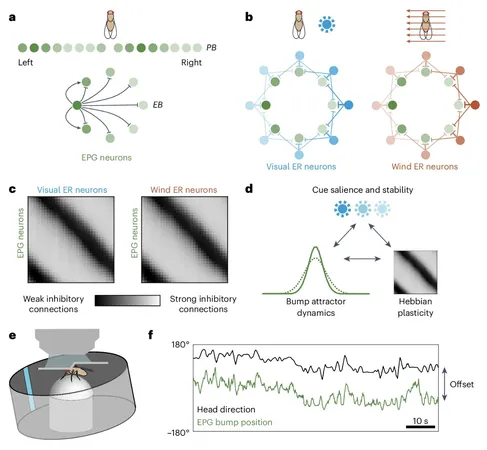

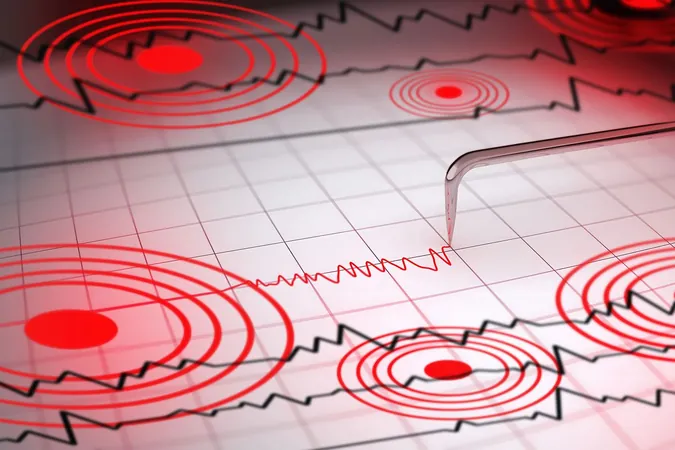



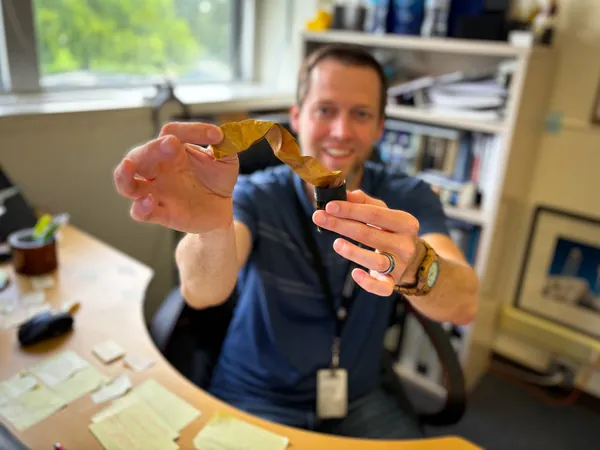
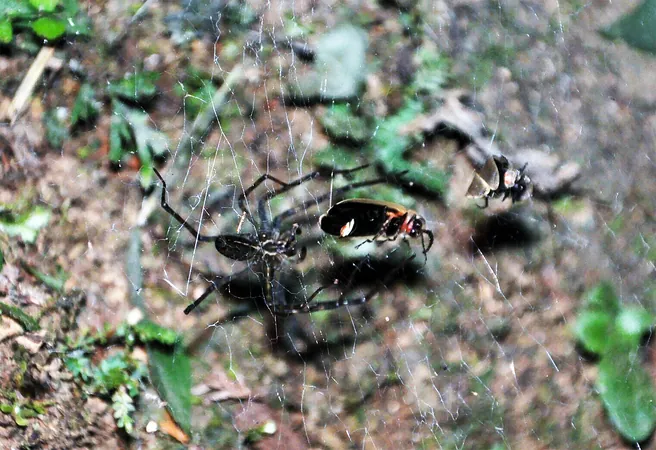
 Brasil (PT)
Brasil (PT)
 Canada (EN)
Canada (EN)
 Chile (ES)
Chile (ES)
 Česko (CS)
Česko (CS)
 대한민국 (KO)
대한민국 (KO)
 España (ES)
España (ES)
 France (FR)
France (FR)
 Hong Kong (EN)
Hong Kong (EN)
 Italia (IT)
Italia (IT)
 日本 (JA)
日本 (JA)
 Magyarország (HU)
Magyarország (HU)
 Norge (NO)
Norge (NO)
 Polska (PL)
Polska (PL)
 Schweiz (DE)
Schweiz (DE)
 Singapore (EN)
Singapore (EN)
 Sverige (SV)
Sverige (SV)
 Suomi (FI)
Suomi (FI)
 Türkiye (TR)
Türkiye (TR)
 الإمارات العربية المتحدة (AR)
الإمارات العربية المتحدة (AR)